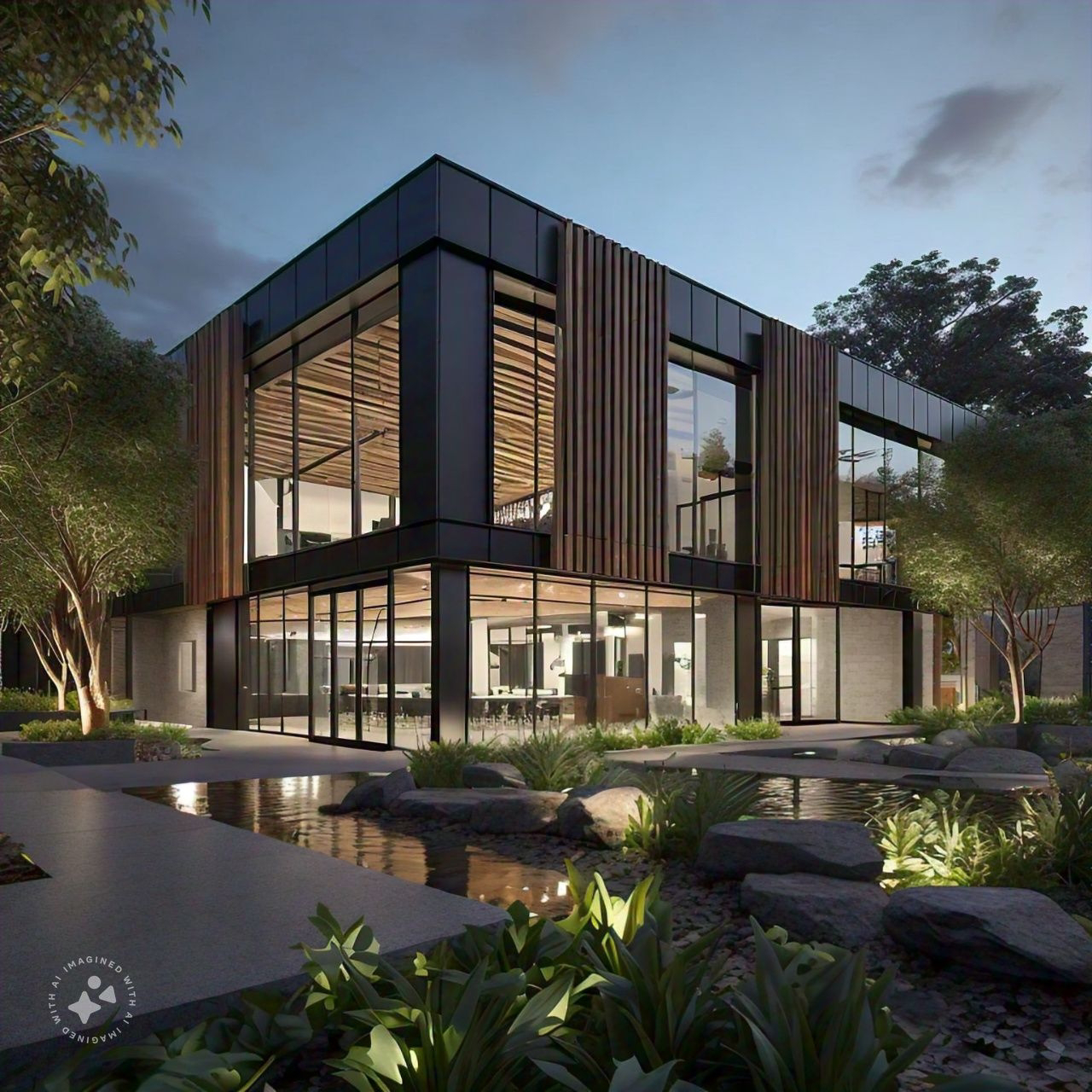As both an owner and facility manager of a farmhouse, resort, and hotel, I would approach operational expenditure (opex) in landscape management with a focus on optimizing resource use, improving sustainability, and ensuring durability across property types. Here’s a breakdown of opex considerations and design impacts across these categories:
1. Farm House:
Opex Focus: Water and soil management are essential, with regular maintenance for sustainable crop health, irrigation systems, and pest control.
Design Impacts:
Prioritizing native, drought-resistant plants to reduce watering needs.
Installing efficient irrigation (e.g., drip or rainwater harvesting systems).
Minimizing turf grass areas to cut down on mowing and fertilizing costs.
Designing layouts to include buffer zones with perennial and annual crop rotations, reducing soil depletion and input costs.
2. Resort:
Opex Focus: Guest experience and aesthetics demand constant upkeep, which includes water features, high-maintenance plant species, lighting, and seasonal plantings. Safety, pest control, and energy costs are additional opex drivers.
Design Impacts:
Selecting low-maintenance yet visually appealing plants that can withstand foot traffic.
Using high-quality lighting fixtures that are energy-efficient and solar-powered.
Incorporating shaded areas with trees or pergolas to reduce cooling loads and enhance the outdoor experience.
Opting for robust paving materials and non-slip surfaces for durability and guest safety.
Establishing composting areas to manage organic waste and enrich the soil, cutting back on external fertilizers.
3. Hotel:
Opex Focus: Efficiency and brand appeal drive landscaping decisions. Maintenance of green walls, rooftop gardens, and hardscapes, as well as compliance with regulatory requirements for green areas, shape the budget.
Design Impacts:
Incorporating rooftop or vertical gardens where feasible, using hardy, low-maintenance plants to create visual impact while limiting water and nutrient needs.
Using modular planters or movable elements to allow flexibility in landscaping while reducing long-term replacement costs.
Avoiding water-intensive features, instead opting for dry landscapes or xeriscaping, which conserves resources and minimizes maintenance.
Ensuring ADA-compliant paths with resilient materials to minimize repair and maintenance costs.
Lessons from Facility Management and Ownership Duties
Resource Efficiency: Lessons from existing properties underline the importance of systems that monitor water and energy use, influencing designs that incorporate rainwater harvesting, solar lighting, and water-efficient plantings.
Durability: Experience with high-maintenance areas shows the benefit of investing in durable materials and strategic plant selection, reducing frequent replacements and repairs.
Sustainability: Choosing plants and materials that work with the local environment not only lowers maintenance but can improve ecological impact, an increasingly important factor in both operational costs and brand image.
Flexibility in Design: Allowing room for modular landscaping elements that can be adapted or moved is a key takeaway from evolving guest and operational needs, which keeps the landscape functional and fresh without high redesign costs.
With these factors, designs for future properties would be more resilient, cost-efficient, and adaptable, focusing on features that serve the needs of the landscape over time while reducing operational strain.
https://www.ezeeabsolute.com/blog/challenges-in-managing-resorts/



No comments:
Post a Comment